 When you run as much as I do you go through several pairs of running shoes every year. This can get expensive, that is why I buy from theClymb.com
When you run as much as I do you go through several pairs of running shoes every year. This can get expensive, that is why I buy from theClymb.com
For those of you that are unfamiliar, the Clymb is an online outdoor equipment retailer that offers daily flash sales. Each daily sale is for only a limited time and often the most popular products sell out quickly, though sometimes shopping on the clymb can feel like black friday at a walmart, the deals are fantastic as are most the shoes they sell.
Why you will love TheClymb.com:
1. Fantastic deals
Most everything that shows up on the Clymb is at least 40% off, I have even seen up to 90% off.
2. Great shoes
The Clymb does not always have the largest selection of shoes, but they usually have a decent selection of my favorite brands in minimalist running, including, but not limited to Innov-8, Newton, Altra, Merrell, and usually a handful of others. Ultra runners will appreciate Hoka's here at half their normal price.
3. More than shoes
Though I am usually looking for a new pair of shoes, Clymb has deals on all sorts of outdoor gear for cycling, camping, climbing, even surfing and yoga.
4. Member referral program
Because I love a good deal I know others will also. For every friend referred by you that makes a purchase at theClymb.com, Clymb will reward you with $25 credit. this is a win-win-win for everyone. Theclymb.com gets a new member, your friend saves on their running shoes, and you get $25 credit.
What you may not like:
1. Popular products and sizes sell out quickly
If you see the shoes you are looking for, I suggest you buy them immediately. Don't hesitate, if you check back in an hour they may be sold out.
2. Lots of emails
This is how they promote their daily sales. Read them or don't, they are not important. I just visit the the sight when I am in the market to buy something.
Don't have a friend to refer you, here is my referral link. Sign up through this link and I will be rewarded with $25 Clymb Credit. And thank you in advance.

